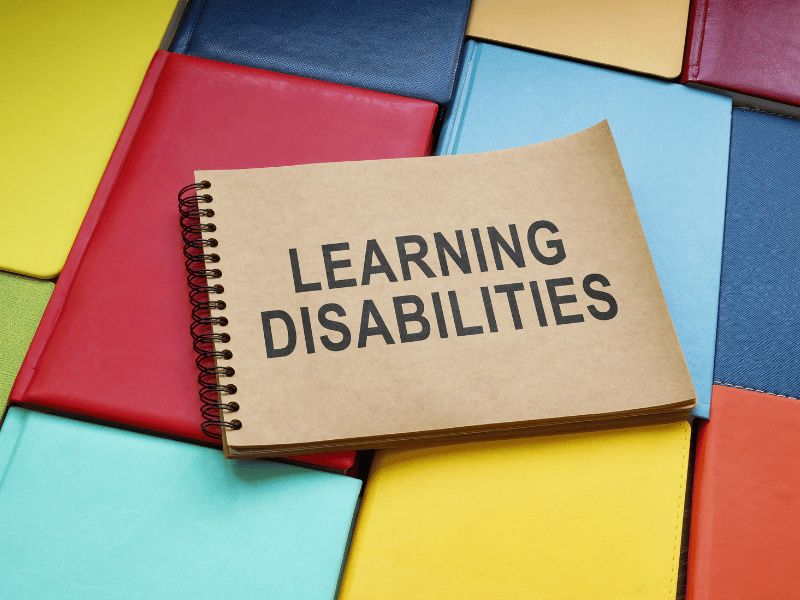Addressing Learning Disabilities and Unlocking Potential

Addressing Learning Disabilities and Unlocking Potential
Empowering Every Child: Addressing Learning Disabilities and Unlocking Potential
Introduction
In the realm of education, it's imperative to recognize and address the diverse needs of students, including those with learning disabilities. Learning disabilities can present significant challenges for children in their academic journey, but with the right support and strategies, they can unlock their full potential. In this blog post, we'll delve into the world of learning disabilities, explore the challenges they pose, and discuss effective ways to empower children and help them thrive.
Understanding Learning Disabilities
Learning disabilities are neurodevelopmental disorders that affect how individuals process information, leading to difficulties in acquiring and using certain skills. These disabilities can manifest in various forms, such as dyslexia (difficulty with reading), dyscalculia (difficulty with math), dysgraphia (difficulty with writing), and ADHD (attention-deficit/hyperactivity disorder), among others. It's essential to recognize that learning disabilities are not indicative of a lack of intelligence; rather, they reflect differences in how the brain processes information.
Challenges Faced by Children with Learning Disabilities
Children with learning disabilities often face a myriad of challenges that can impact their academic performance and overall well-being. They may struggle to keep up with their peers in the classroom, experience frustration and low self-esteem, and encounter barriers to accessing educational resources and support. Additionally, the stigma surrounding learning disabilities can lead to feelings of isolation and alienation, further exacerbating the challenges they face.
Empowering Children with Learning Disabilities
Despite the challenges they face, children with learning disabilities possess unique strengths and talents that deserve to be nurtured and celebrated. As educators, parents, and caregivers, it's our responsibility to provide them with the support and tools they need to succeed. Here are some effective strategies for empowering children with learning disabilities:
Individualized Education Plans (IEPs): Collaborate with educators to develop personalized IEPs that address the specific needs and learning styles of children with learning disabilities. These plans outline accommodations, modifications, and specialized instruction tailored to each child's strengths and challenges.
Multisensory Learning Approaches:
Implement multisensory learning techniques that engage multiple senses (e.g., visual, auditory, kinesthetic) to reinforce learning and improve retention. For example, incorporating hands-on activities, visual aids, and interactive games can make abstract concepts more concrete and accessible for children with learning disabilities.Assistive Technology Tools: Leverage assistive technology tools and resources to support children with learning disabilities in the classroom and beyond. Screen readers, speech-to-text software, graphic organizers, and calculators are just a few examples of assistive technology that can help children overcome barriers to learning and communication.
Positive Reinforcement and Encouragement:
Provide regular positive reinforcement and encouragement to children with learning disabilities to boost their confidence and motivation. Celebrate their achievements, no matter how small, and emphasize their strengths and progress rather than focusing solely on their challenges.Foster a Supportive Environment:
Create a supportive and inclusive learning environment where children with learning disabilities feel accepted, valued, and understood. Encourage peer collaboration, empathy, and mutual respect, and address any instances of bullying or discrimination promptly.
Unlocking Potential Through Advocacy and Awareness
In addition to providing direct support to children with learning disabilities, it's crucial to advocate for systemic changes that promote inclusivity, accessibility, and equity in education. This includes raising awareness about learning disabilities, advocating for policy reforms, and promoting professional development opportunities for educators. By working together to create a more inclusive educational landscape, we can ensure that every child has the opportunity to reach their full potential, regardless of their learning differences.
Conclusion
Learning disabilities present unique challenges for children, but they should not define or limit their potential. With the right support, strategies, and advocacy efforts, children with learning disabilities can thrive academically, socially, and emotionally. By embracing their differences, celebrating their strengths, and providing a supportive learning environment, we can empower children with learning disabilities to overcome obstacles and achieve success. Together, let's champion inclusivity, equity, and empowerment in education, ensuring that every child has the opportunity to shine.

